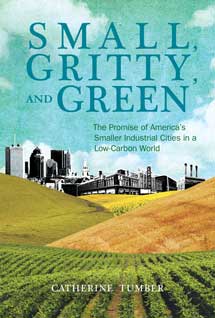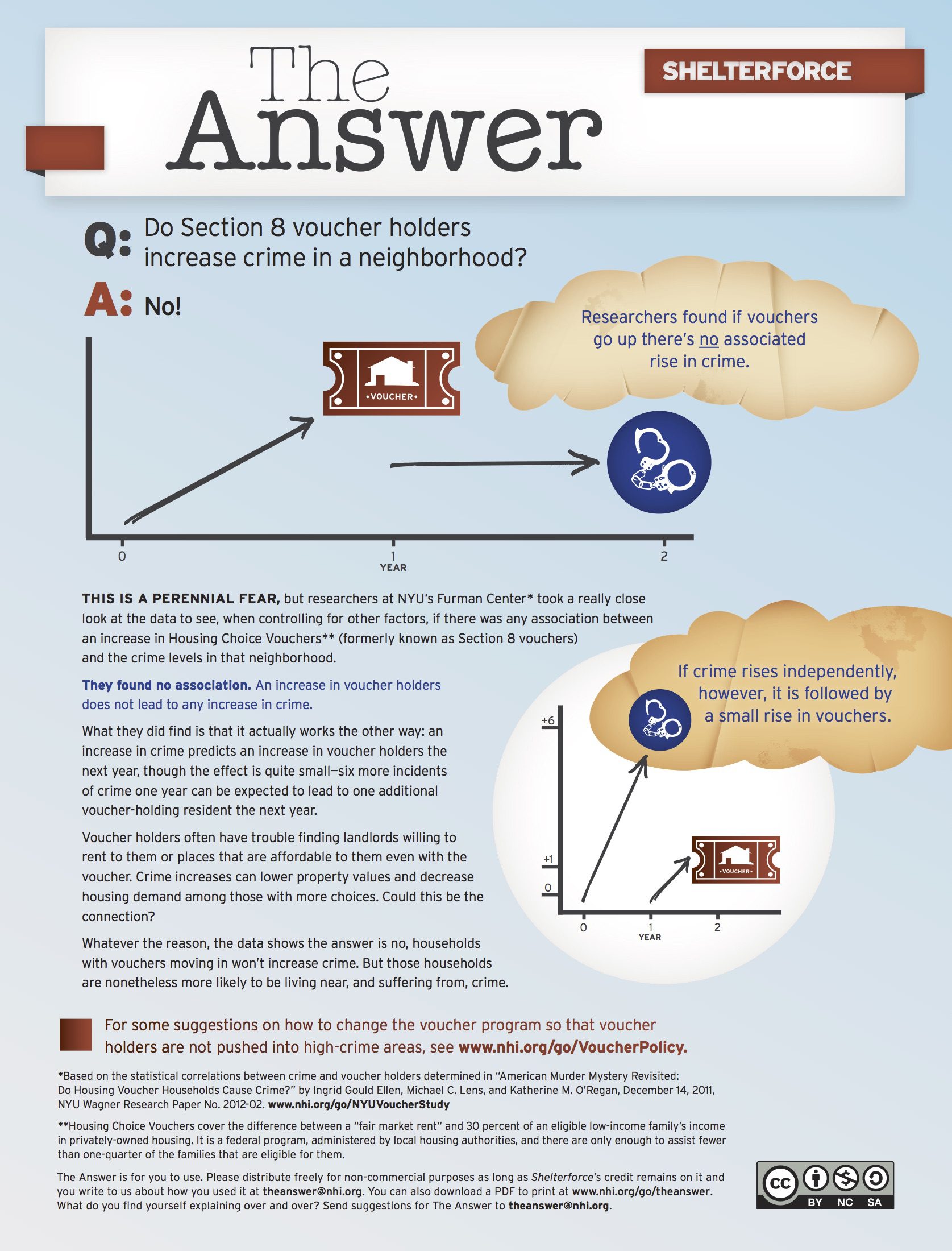I live in the small city of Albany, N.Y., which I often describe as the best of both worlds—public transit, walkable neighborhoods, culture, diversity, but also a bit of a small town social feel. (We call it Smalbany.) We also enjoy local food that hasn’t traveled far, an affordable cost of living, and quick access to green space in every direction.
That perspective is part of why I was lucky enough to be a researcher and writer for PolicyLink’s 2007 report on smaller cities—To Be Strong Again: Renewing the Promise in Smaller Industrial Cities. In that report we observed both the up and down sides of small cities. We are, for example, often left out of national policy discussions and are less likely to be home to major corporate headquarters, foundations, or even branches of community development intermediaries. The research led me to an acute awareness of how often small cities, which are home to millions of people, are overlooked.
So imagine my delight to discover Small, Gritty, and Green. Written by Catherine Tumber, an urban upstate New York native, it focuses on small cities and their particular potential for the low-carbon future we need to be moving toward.
Tumber has a counter-narrative to the Richard Florida–type predictions that the larger cities are going to continue spreading into ever-larger mega regions, and those places left behind will wither away. To Tumber’s eyes (like mine) small cities are able to offer the best of both worlds. In one example, she argues that what is often considered a small city weakness, namely, overreliance on an old manufacturing base, can, if it’s captured before the skills and infrastructure are lost, be parlayed into perfect locations for green manufacturing—from solar to electric cars. What seem like unrealistic pipe dreams about rebooted manufacturing sectors to the many “realists” who want everyone to retool only in service of the “knowledge economy,” appear much more plausible after Tumber takes you on a detailed tour through some of these regions, their workforces, and the industries who are interested in them.
The population center and infrastructure of a city in close proximity to functioning but underused agricultural lands is also a promising condition for rebalancing our food supply—if the right connections can be made to local markets. California has more droughts coming, folks.
Interestingly, I got to meet Tumber when she was passing through Albany this summer. She told me that while she finds her chapter on the potential for agricultural areas around small cities to be integrated as part of a stronger regional economy much more important and interesting than the one on actual urban agriculture, the latter is often all anyone wants to talk to her about.
It’s astonishing how the coming needs of a low-carbon society are only partially acknowledged in most discussions of economic growth. Green jobs get mentioned a lot, as does the need for public transit and urban agriculture. All of these are crucial, but ideas about making use of existing underused infrastructure, decentralizing power generation and food production, and shortening supply chains by manufacturing locally are, frankly, less sexy. They could, however, well have equal or larger effects, and it’s to Tumber’s immense credit that she looks squarely at them.
Though it does come up in the book in some places, Tumber acknowledges that her work could benefit from more of a systematic equity lens. It would be especially useful to look at how benefits of a new, low-carbon economy would be distributed within smaller cities, and what sort of equity investments will be necessary to prepare these cities to achieve the potential Tumber lays out for them.
But there’s space for that work to be done. Given the power and promise of Small, Gritty, and Green’s message, it really should be the opening salvo in a whole new line of inquiry and practice, spurring many follow-ups. The book should be read by climate change activists and community economic development advocates alike, and put into action.
Small, Gritty, and Green is available for purchase through Powell’s here.





Comments